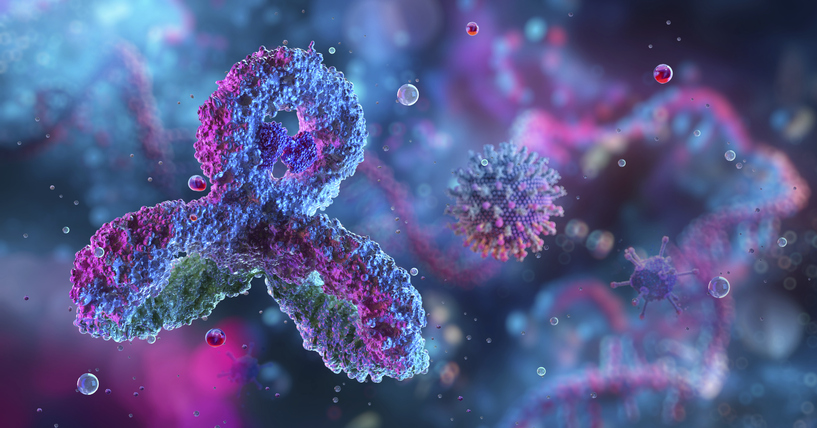As therapeutic antibodies evolve, the industry is moving away from a one-size-fits-all chromatography approach. With an increasing share of non-traditional monoclonal antibodies (mAbs)—including fragments and multispecifics—entering clinical and commercial phases, manufacturers face new challenges in purification.
“Today’s therapeutic-antibody landscape is diversifying,” said Niklas Jungnelius, process modeling leader at Cytiva, during his talk at the BioProcess International Conference in Boston. “These molecules often require other or additional affinities compared to what standard protein A resins can offer and therefore drive demand for a diverse mAb affinity-resin toolbox.” Even traditional mAbs may require adjustments depending on processing conditions, such as pH sensitivity.
The shift to optimized chromatographic solutions reflects not only the complexity of antibody formats but also a growing list of objectives, including lower manufacturing cost and increased sustainability. “This fuels a need for more efficient, or intensified if you so wish, mAb-manufacturing processes for which chromatography resins have been optimized for economy, productivity, and environmental footprint,” Jungnelius says.
Key considerations in capture-process optimization
When selecting capture processes, manufacturers must balance several features. “A challenge in resin selection is that there are many different intensification technologies, each putting different demands on the resin for the process to perform optimally,” Jungnelius says. Resin attributes—such as capacity, flow properties, and durability—play a crucial role in determining process outcomes.
For example, continuous chromatography connected to perfusion bioreactors often requires highly durable resins that can withstand extensive cleaning and many cycles. By contrast, high-titer fed-batch processes may benefit most from resins offering a strong balance of capacity and flow performance.
Process modeling has also emerged as a powerful tool to guide decision-making. “Just make sure to model the process across its various applicable scales,” Jungnelius advises, pointing out that parameters like flow-velocity restrictions can differ significantly between small- and large-column diameters.
The diversification of antibody formats brings new purification hurdles. Multispecific antibodies, for instance, might be more prone to aggregation and can contain mispaired chains that are challenging to remove. “The mispaired molecules are often very similar in properties to the target product, so may be difficult to separate out,” Jungnelius points out. Solutions include leveraging differences in avidity or deploying high-resolution polishing technologies.
Strategies for improving purity, yield, and productivity
For standard mAbs, protein A capture combined with optimized washing steps generally ensures sufficient purity. Yield improvements often come from fine-tuning elution pH and load, while productivity gains can be achieved through both incremental and advanced strategies.
“Simple but powerful improvements, such as use of high-capacity resins with good flow properties or running more optimized protocols” can deliver meaningful benefits, Jungnelius explains. Rapid-cycling chromatography, which shortens residence times and reduces resin consumption, is another promising approach. More sophisticated solutions, such as periodic counter-current chromatography (PCC), can help maximize resin utilization.
For more complex antibody formats, employing a toolbox of affinity resins is often essential to achieve both high purity and yield. These approaches can also be intensified through protocol optimization and advanced chromatography technologies.
Still, Jungnelius emphasizes one guiding principle: “In any strategy to improve the process you need to ensure that it’s robust and scalable to avoid costly deviations and capacity restrictions.”
As antibody therapies advance, so too must the purification strategies that support them. The shift away from one-size-fits-all chromatography reflects not only the scientific diversity of modern antibody pipelines but also the industry’s commitment to cost efficiency, sustainability, and quality. Ultimately, the future lies in tailored, scalable solutions—an adaptable resin toolbox to optimize individual as well as platform processes.

